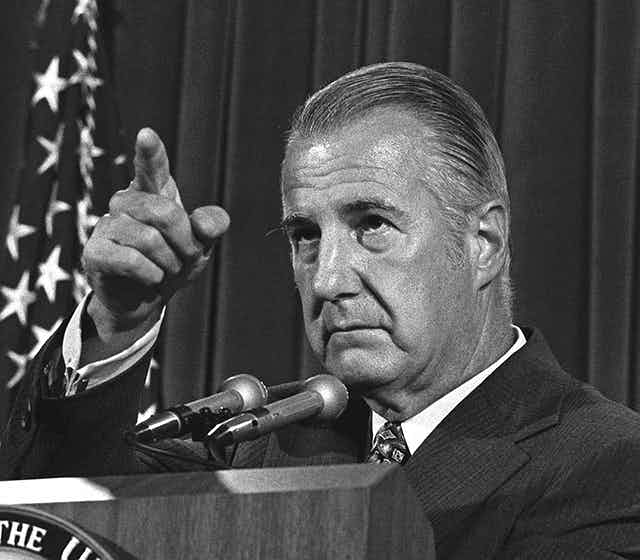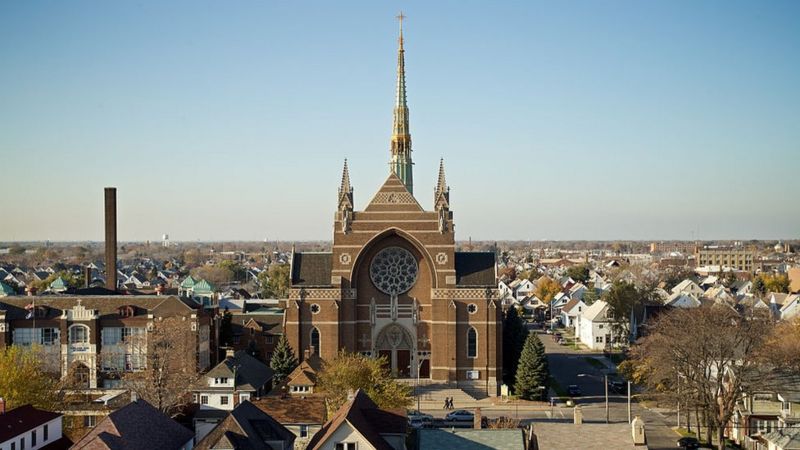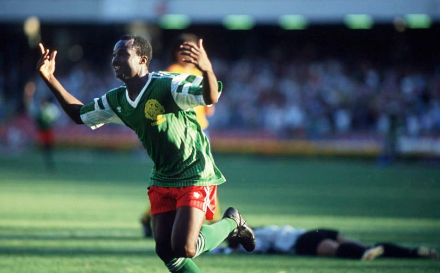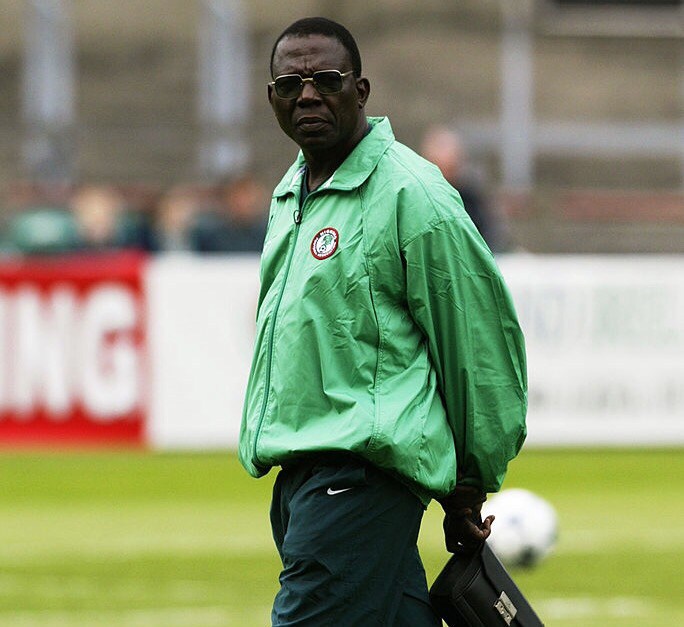Olawale Agbede – Chief Sports Writer
This is one of many anecdotes about the Marlon Brando-esque goal-scoring machine. His masculinity oozed into his rough performances, impressive for his slight build, and proved irresistible to the female contingents of the northern capital. It’s the life many dream of. In foreign land, the stories of his salacious lifestyle adorned the front pages and propped up gossip every now and then whilst his latest brace simultaneously made the back-pages. In Italy, though, they decided to name a stadium after him.
You may know Italy’s most iconic football arena as San Siro, but for the last 39 years Milan’s ‘La Scala of Football’ has officially gone by another name: Stadio Giuseppe Meazza. The decision in 1980 to rename the famous ground after the double World Cup winner was a fitting tribute to a Milan native who became Italy’s first football phenomenon.
Meazza was born in 1910 and lost his father during World War One just seven years later. He suffered from respiratory problems and attended an open-air school, while he was turned down by AC Milan as a teenager because of his slight build – a mistake Inter would benefit from enormously.
Meazza scored twice on his debut for Inter aged 17 in 1927 and went on to pass the 30-goal mark in his next three seasons in a row. During the 1929/30 campaign, the first time the top-flight was called ‘Serie A’ as it switched to a round-robin format, Meazza scored 31 goals to help his club to the Scudetto – his record stands to this day as the most goals a player has ever scored in their debut Serie A season.
During a game against Roma in 1930, he scored three goals in the opening three minutes before later adding a fourth. He had reached a century of goals within a month of his 23rd birthday. In total, he scored 242 times in 365 appearances for Inter as he led them to two league titles and the Coppa Italia, finishing as the league’s top scorer three times.

Today, Meazza is joint-fourth in the all-time list of Serie A top scorers, level with Jose Altafini and only behind Gunnar Nordahl, Francesco Totti and his former Italy teammate Silvio Piola. The only blight on Meazza’s record in the eyes of Inter fans was his two-year spell in the red and black of AC Milan during the war. However, by that point he was already considered a national hero for his contribution to the all-conquering Italy team of the 1930s.
Under the guidance of Vittorio Pozzo, Meazza was central to Italy winning back-to-back World Cups in 1934 and 1938. He was named as player of the tournament as Italy clinched their first World Cup on home soil. England didn’t take part, having left FIFA, but Meazza left his mark in the country regardless by scoring twice in four minutes during a violent match known as the ‘Battle of Highbury’ that England won 3-2 shortly after the tournament.
The forward was then integral to Italy’s successful title defence in France four years later, captaining the Azzurri to victory over Hungary in the final. In the semi-final, Meazza scored the winning penalty against Brazil in the semi-final – a spot-kick that, legend has it, he converted while holding up his shorts with one hand after the elastic had given way.
By this time, he occupied a deeper position behind the striker that made use of his phenomenal technical ability. Italian writer Luigi Veronelli said: “I also saw Pelé play. He didn’t achieve Meazza’s elegant style”. This elegance came at a time when football was often still an overtly physical game, but Meazza could skip past defenders with winding dribbles, spray passes around the pitch with either foot and spot spaces that others didn’t know existed.
His finishing was about placement and timing rather than brute force and he was so prolific that he remained Italy’s all-time top scorer until Gigi Riva overtook him in 1973 – news he didn’t take well. Meazza said: “That Riva is good, he scored a lot of goals against Cyprus and Turkey. Surely my goals were much more important.”
However, it wasn’t just Meazza’s performances on the pitch that earned him celebrity status. His success was exploited by Benito Mussolini’s fascist regime, which used the Italian team’s triumphs as a propaganda tool. Pictures of Meazza were plastered across newspaper pages and adverts, while accounts of his private life helped fill the gossip columns. The outbreak of the war coincided with the start of Meazza’s decline. He suffered from a blood clot aged 29 in 1938 that sidelined him for a year. He had spells with Milan, Juventus and Varese during wartime, as well as a season at Atalanta and one final fling with Inter after it ended, but he was never the same.
Meazza’s fame and fortune continued after his retirement, as he tried his hand as a film actor before embarking on a commendable coaching career in which he became one of the first Italians to coach abroad in Turkey at Besiktas, as well as having an unsuccessful spell in charge of Italy in the 1950s. He left an important legacy at Inter by overseeing the development of several young players who would go on to form the core of Helenio Herrera’s all-conquering ‘Grande Inter’ side of the 1960s, including Sandro Mazzola and Giacinto Facchetti.
Meazza died aged 68 in August 1979. His impact on the game in Italy was profound and to this day many still consider him to be the best player the country has ever produced – more than worthy of having his name become synonymous with Milan’s cathedral of football.
Perhaps no one said it better than Vittorio Pozzo. “Having him on the team was like starting the game 1–0 up.”




![Watch Odegbami recreate his first goal in the 1980 AFCON final [Video] 6 Watch Odegbami recreate his first goal in the 1980 AFCON final [Video] 6](https://naijasuperfans.com/wp-content/uploads/2020/03/20200323_165745.png)
![How Nigeria won AFCON in 1980 – Segun Odegbami with Mumini Alao [Video] 7 How Nigeria won AFCON in 1980 – Segun Odegbami with Mumini Alao [Video] 7](https://naijasuperfans.com/wp-content/uploads/2020/03/20200321_201622.png)



